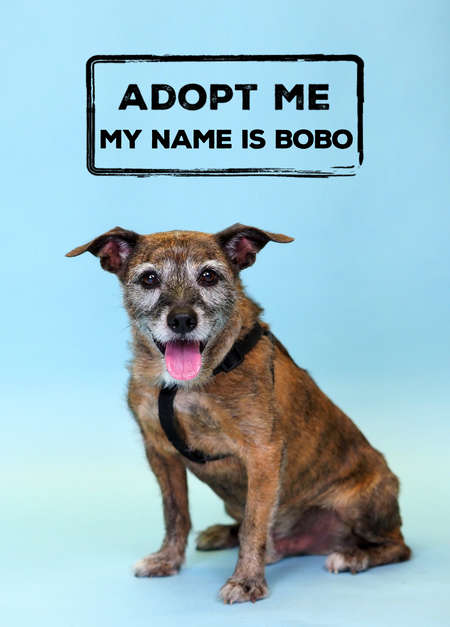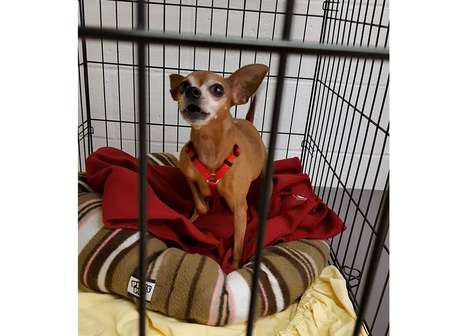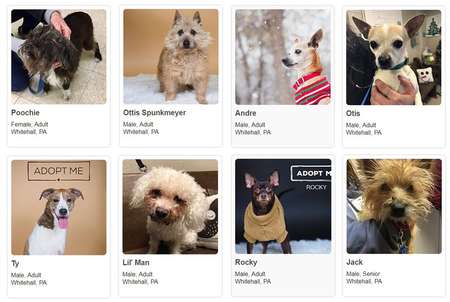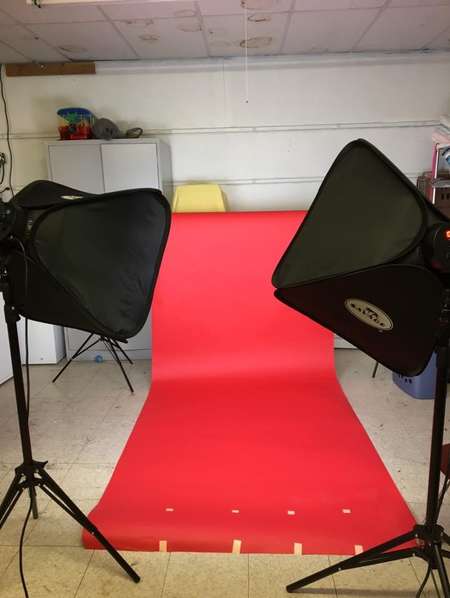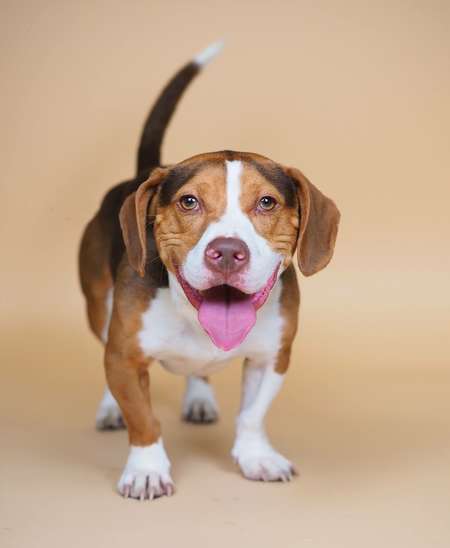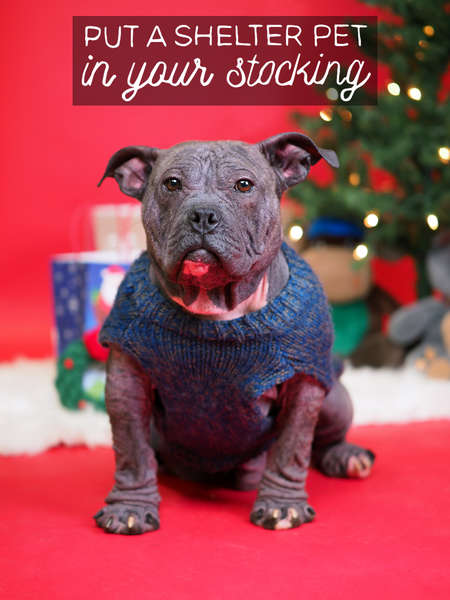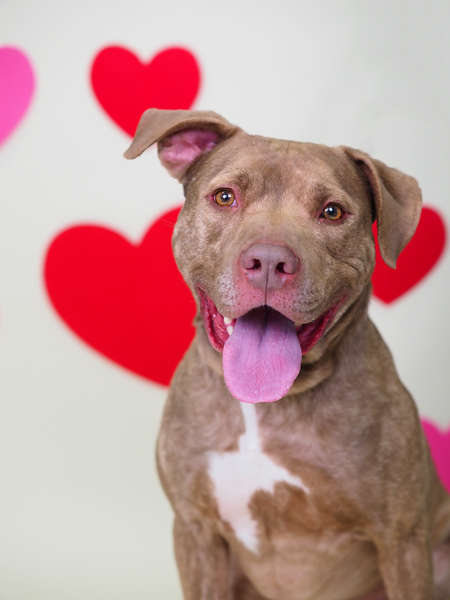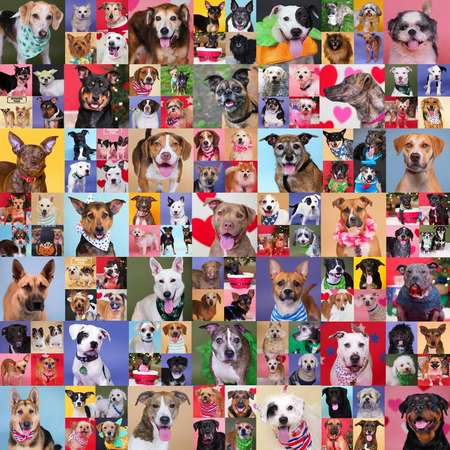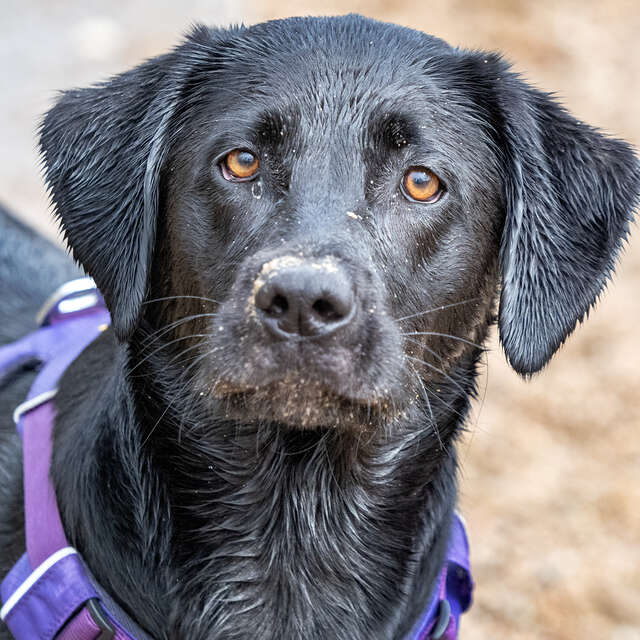Are you passionate about photography? Do you love dogs, cats, or bunnies? There are many shelters and resuces throughout the country who would jump at the opportunity to have a photographer donate time to help photograph animals looking for their forever home.
PHOTOS MAKE A DIFFERENCE
Many times when you see an animal at a shelter, the photos are blurry and the animal looks sad. It can be hard to picture their true personality and imagine them in your home, as part of your family.
When you see these photos, they tend to be "intake photos." These are photos taken when a new animal comes in as part of the intake process, along with other paperwork, and is used to help identify them. If a shelter does not have a relationship with a photographer, these can be the only photos available to promote them online. In the visual world we live in, social media and smartphone apps are the main way these animals are promoted to potential adopers: PetFinder, Adopt A Pet, Facebook, Instagram, and shelter websites are king!
Here is an example of an intake photo of a sweet Chihuahua, and a photo I took of her a few days after her intake. While her inake photo is blurry and shows her "behind bars," her rescue portrait shows her clearly - she pulls you in with her large, reflective eyes and the beautiful bokeh created by an F1.2 prime lens helps blur out any background distractions.
Here is a real life example of dogs on the website Adopt A Pet.
They are all from my resident shelter. Some of the dogs have had their portraits taken, but others were so new that I had not met with them yet. We will sometimes post dogs with their intake photos before their rescue sessions, so that we do not lose any time promoting them to potential adopters.
If you were scrolling through - which dogs would catch your eye?
SETUP
A rescue shoot will most likely be different than other portrait shoots you may have done in the past. Shelters are very utilitarian spaces. They're designed to house and care for animals - and a dedicated, clean space to take photos is not vital to the health and well being of their charges.
If you're photographing outside, especially in a more urban setting, there may not be many green spaces to be found. There are often fenced-in areas outside, where dogs can meet with potential adopers and get some exercise - these are good options for outdoor photographs. I find that creating bokeh with a prime lens can help you blur out a lot of the background distractions.
Remember to work with the sun! A dog, or other animal you're photographing outside, will have different eyes than a person. If there is direct, unfiltered sun, their eyes have a tendency to go all black and you lose the emotional connection that will come through eye contact. Try positioning them under a tree or in shade.
When I'm doing an indoor shoot, I have some basic gear I take with me:
- Backdrop Paper: I use Savage Seamless paper, and have a variety of colors. I use a very inexpensive backdrop stand for my rolls.
- Lights: I use continuous lighting, a studio kit made by Savage Universal. Whether you use strobes or continuous lighting, you will need some light source. You can bounce an on-camera flash behind you, or using white posterboard as well. Be sure to bring a power strip, because you never know where the nearest outlet may be!
- Small Rug: I have a very inexpensive white shaggy rug that I use to lay on the ground, since some dogs do not like the paper. Many rescue photographers have material that looks like a hardwood floor that they use as well.
The ideal setup for photographing dogs at a shelter is to have two assistants. These are almost always volunteers at the shelter. They have an understanding of the animals, and have built up personal relationships with them. One of the assistants will hold the leash and help position the animal. You will be able to edit the leash out when you're making other edits to the photo later on. The second assistant should stand behind you, and get their attention over your shoulder. There are a few ways to get the dog's attention, so that they will look at the camera:
- Food: If you hold a treat, or shake or crinkle a bag of treats, a dog who is food motivated should look in the direction of the treat. Be sure to check if the dog has any food allergies before giving them the treat - some dogs you may meet experience grain allergies, and would get an upset stomach from a biscuit type treat.
- Toys: If you squeak a toy and the dog is play motivated, you will be able to get them to look in the direction of the noise. Make sure they do not oversqueak the toy, and this can make it quickly lose its effect on the dog and can sometimes scare more timid subjects.
- Attention: Some dogs, like my dog at home, just want praise and attention from their human friends. Just talking to some dogs will help get them to look in the right direction.
If you are photographing cats, they are often in free-roaming rooms. You can set up an area with a backdrop indoors, or you can follow them around for more candid photos. It is still helpful to have a volunteer standing behind you, to help draw their attention with a toy.
SETTING UP YOUR SHOT
Think: Focus, focus, focus. Especially when working with dogs, but with cats as well, their noses and eyes are further apart than it would be for a person. You will always want to make their eyes the focus point, and not their nose. If you are shooting with a small aperture and a prime lens, this is vital. It's always disappointing when you get a shot of a happy animal, but their eyes are blurred and their wet nose is in focus instead.
With rescue portraits, good photographic composition is great. But it's more important to create a photo where the dog is making an emotional connection with you and the camera.
WORKING WITH YOUR SUBJECT
My first step when photographing an animal for the first time is to let them get near my camera. They may smell it, because it is new and unfamiliar to them. Making them comfortable with the camera will help make this a more positive experience for them, since they will already be stressed from being in the shelter since it a new place, filled with many other animals.
There are many tricks of the trade I've picked up along the way - and some tricks that I've figured out with the help of my OM-D E-M1 Mark II:
- Get on their level. Meet them and position yourself to photograph down where they are. This helps build trust with the animal you're working with.
- Give them a break. If they're getting anxious or shutting down, or are too excted, have the volunteer walk them away and bring them back. Having a moment of playtime can also help them work off some excess energy and let them focus more on the task at hand.
- Pro Capture Mode is your new best friend. If you have Pro Capture on your camera - use it! If you're working with dogs, they are in their kennels most of the day. So when they come out, they don't want to sit still and pose for a photo. They want to play and burn off some energy. So using a combinating of focus tracking and Pro Capture Mode will make sure that you never miss the moment you want.
- Try out Silent Shutter Mode. If you are working with a dog that is scared, or is uneasy around new people, having a strange metal camera in their face will be intimidating. If they hear the "click, click, click" of your shutter, that will make it even more indimiating for them. By turning on a silent shutter, you'll be able to photograph them without adding that extra stress,
- Use your articulating LCD screen. This will let you get at different angles physically, but still be able to see if you're getting the shot you want. And by using your LCD to pick a focus point and take your photo, your face won't be disappearing behind the camera and breaking the connection you're building with your subject.
THINK SEASONALLY
Since social is the lifeblood of adoption, one way to help get your photos noticed is to use seasonal theming.
For example, using red backdrops around Christmas can create a seasonal effect. I'll use some inexpensive bags and boxes as decoration. Try pink for Valentine's Day, green around St. Patrick's Day, and black for New Year's Eve. You can use overlays and text on your image to help as well.
HOW TO GET STARTED
So - you want to help! But how do you go about starting to donate your time for rescue portraits?
Just reach out - I find that email or a Facebook message can be the easiest way, or you can stop by on adoption days to speak to someone in person. Just a few short years ago, I did not own a camera and had never imagined spending my weekends working with shelter animals. It can be hard. You will see sad stories and meet many sweet boys and girls you'll wish you could bring home with you. But when you look back on all of the lives you've affected - it's all worth it!
ABOUT AMANDA STROZESKI
Amanda is a professional animal rescue photographer who works with a number of shelters and rescues in Pennsylvania. She is a Featured Photographer for Savage Universal and member of HeARTs Speak, a non-profit for rescue related artists. Amanda has spoken on behalf of Olympus about rescue photography at Imaging USA 2018.
